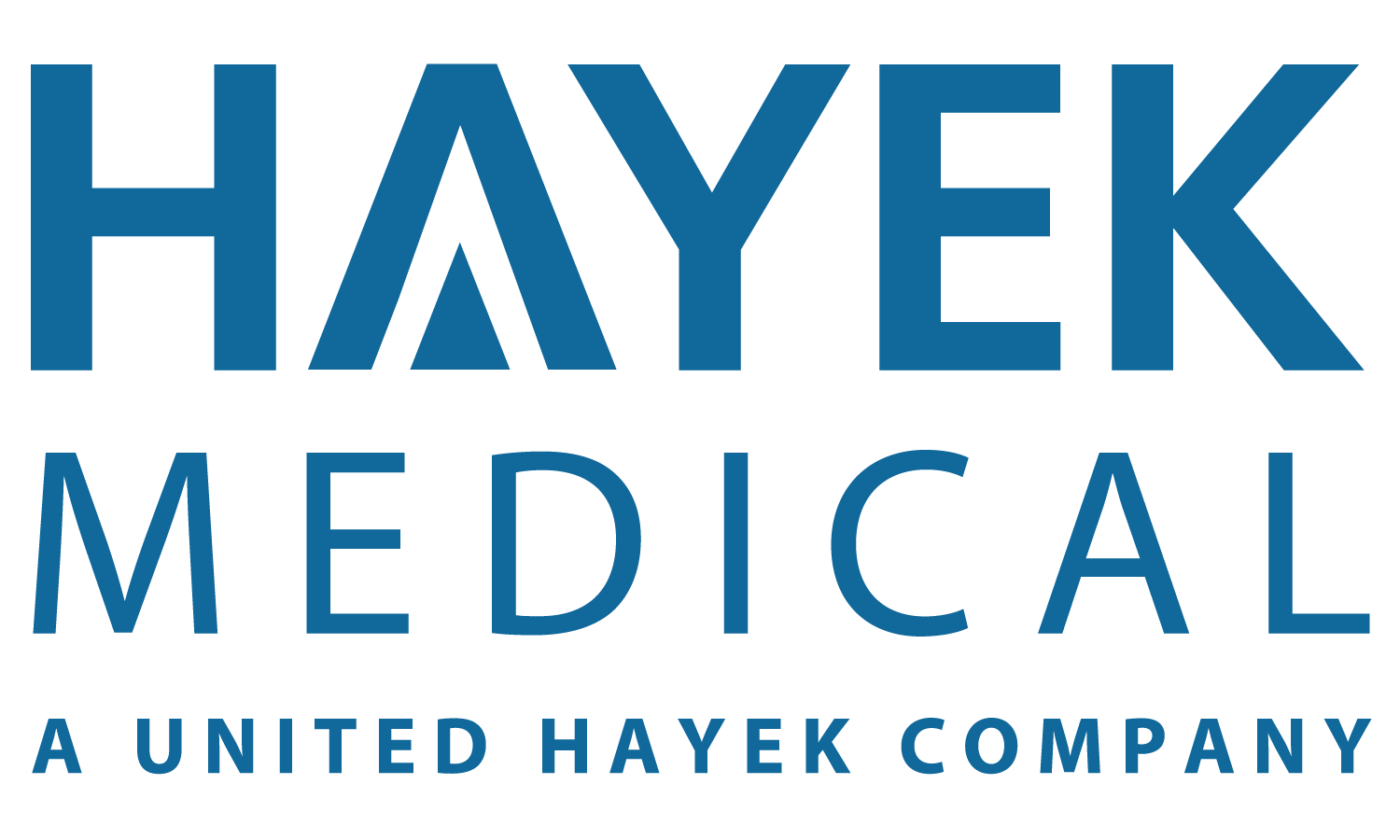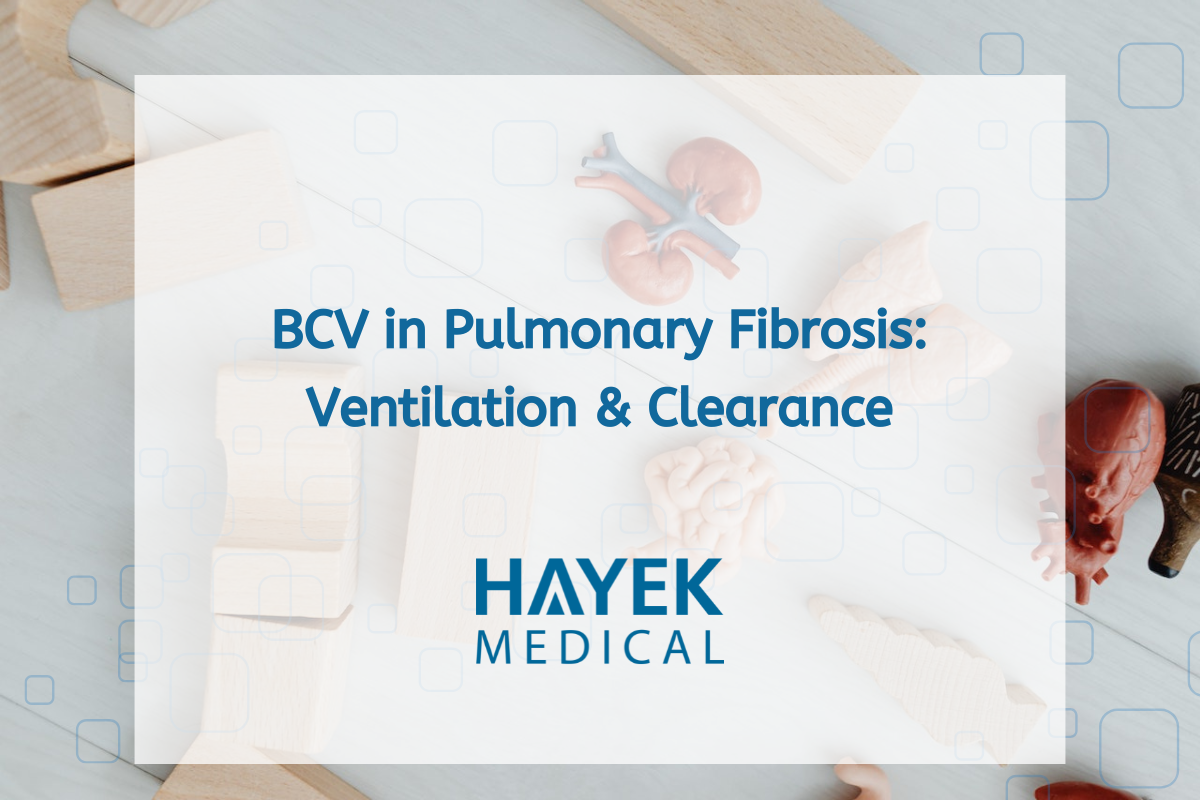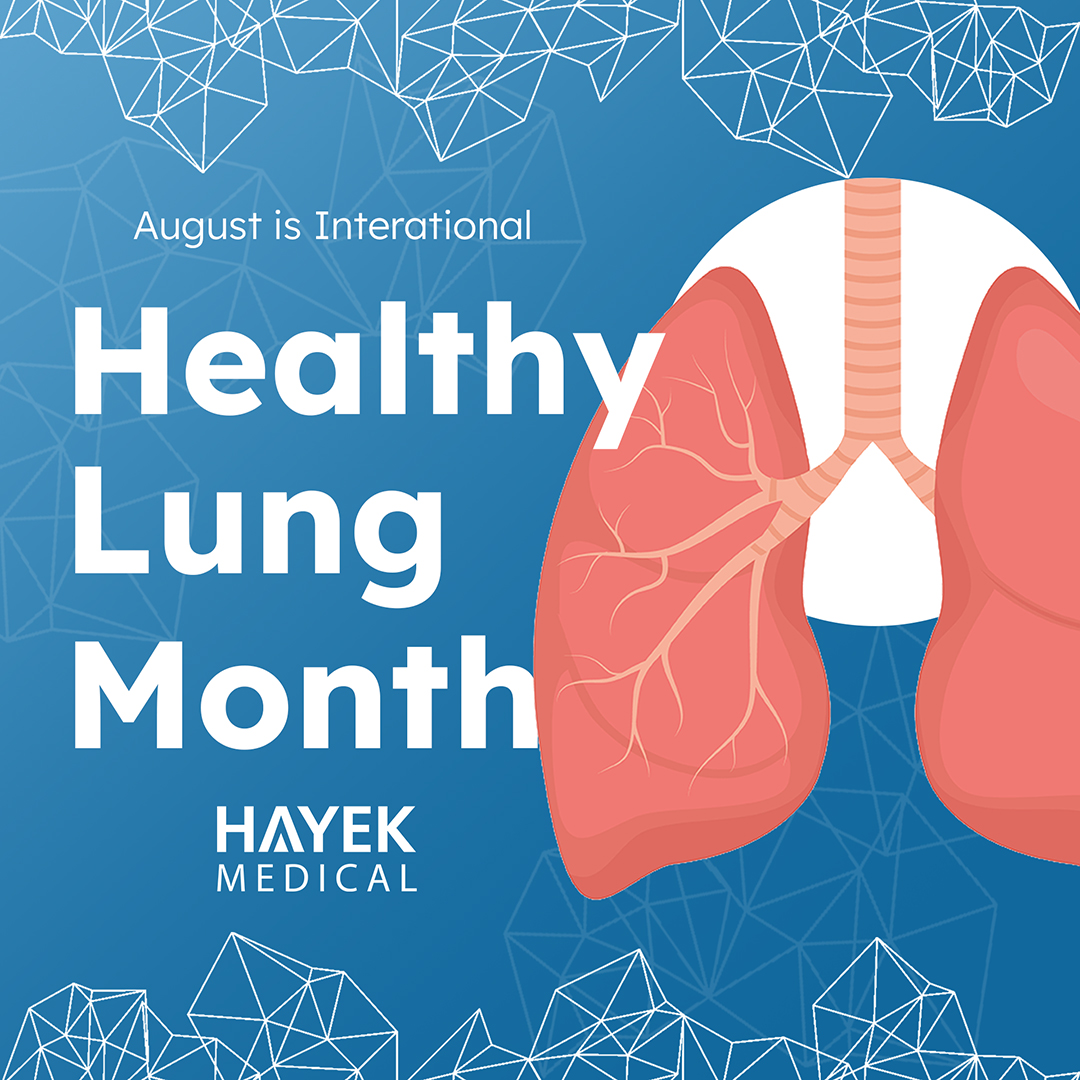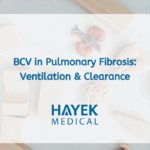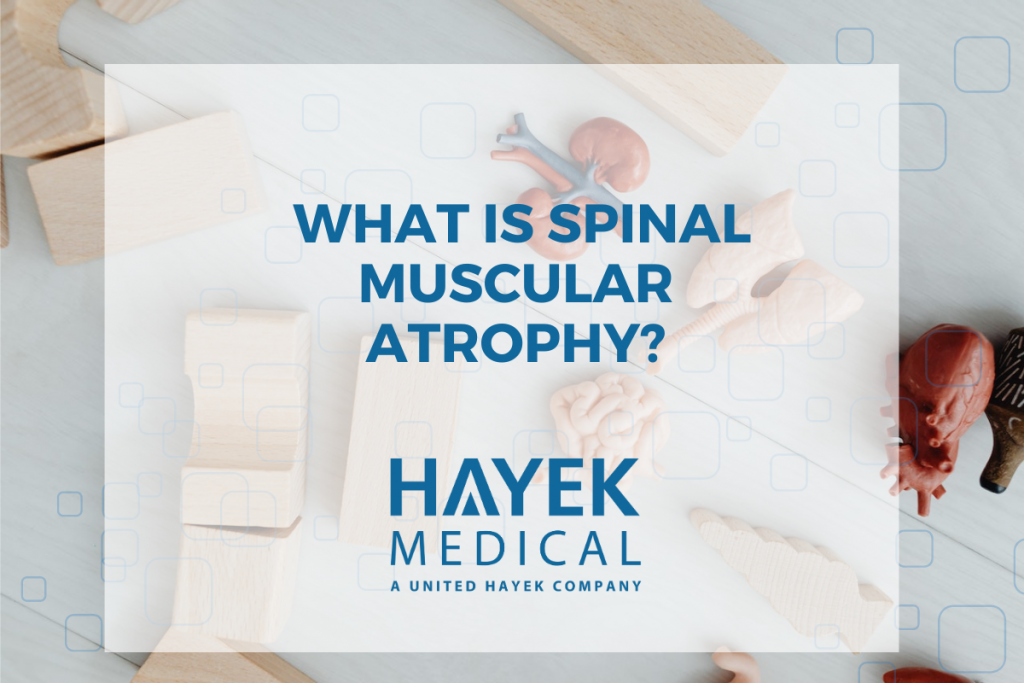
What is Spinal Muscular Atrophy (SMA)?
Spinal Muscular Atrophy (SMA) is a rare genetic disorder that primarily affects the muscles used for movement. It is a progressive disease that causes muscle weakness and atrophy, leading to difficulties with mobility and everyday tasks. In this blog post, we will delve deeper into the various aspects of SMA, including its causes, symptoms, diagnosis, and treatment options.
What are the Causes of Spinal Muscular Atrophy?
SMA is caused by a mutation in the survival motor neuron (SMN1) gene, which is responsible for producing a protein essential for the survival of motor neurons. Motor neurons are nerve cells that control voluntary muscle movement. In individuals with SMA, the decrease in SMN protein leads to the degeneration and death of motor neurons, resulting in muscle weakness.

Symptoms of Spinal Muscular Atrophy
The severity of SMA can vary widely, ranging from mild to severe. However, common symptoms include muscle weakness, muscle atrophy, and poor muscle tone. Infants with SMA may have difficulty holding their heads up, sitting unsupported, and reaching motor milestones. As the disease progresses, individuals with SMA may experience muscle contractures, scoliosis, and respiratory problems.
Types of SMA:
There are different types of SMA, classified based on the age of onset and disease progression.
Type 1 SMA
The most severe, also known as Werdnig-Hoffmann disease which typically appears within the first six months of life and can be life-threatening.
Type 2 SMA
Manifests between 6 and 18 months of age and is characterized by the ability to sit unsupported but not walk independently.
Type 3 SMA:
Also called Kugelberg-Welander disease, usually begins between 2 and 17 years of age, allowing individuals to walk but experiencing progressive muscle weakness.
Type 4 SMA:
Known as adult-onset SMA, presents during adulthood and leads to mild muscle weakness.
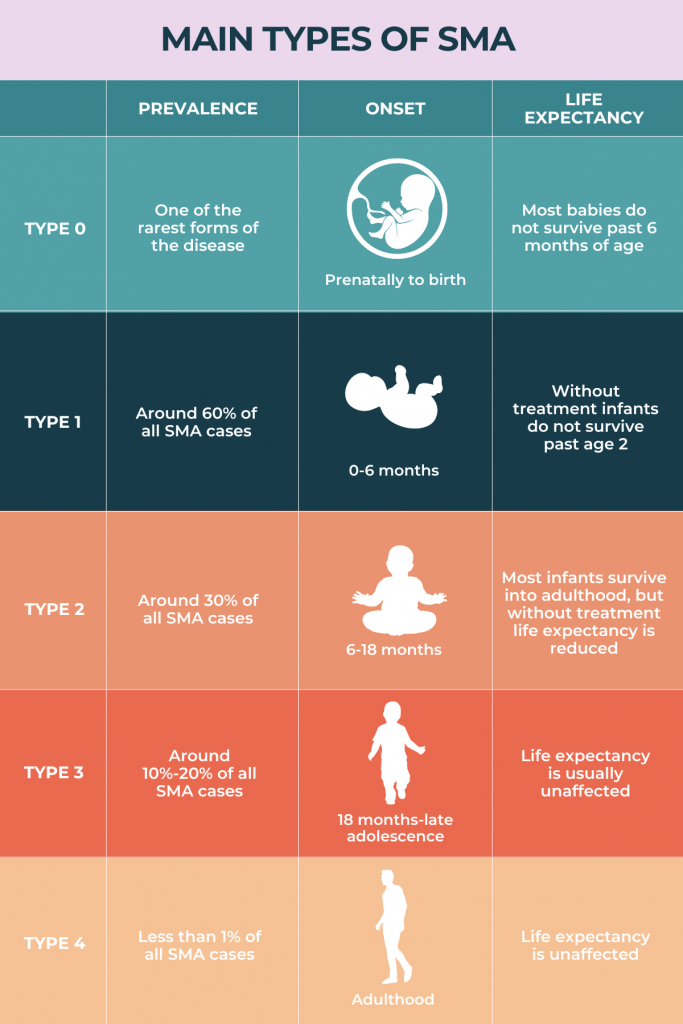
How is Spinal Muscular Atrophy Diagnosed?
Diagnosing SMA typically involves genetic testing to identify mutations in the SMN1 gene. This can be done through a blood test or through the collection of saliva or cheek swab samples. Additionally, electromyography (EMG), muscle biopsy, and other diagnostic procedures may be used to assess the severity of muscle weakness and determine the type of SMA.
Treatment options for Spinal Muscular Atrophy
Although there is currently no cure for SMA, various treatment options can help manage the symptoms and improve the quality of life for individuals with SMA. One of the most significant developments in SMA treatment is the availability of disease-modifying therapies, such as Spinraza and Zolgensma. These medications work by increasing the production of SMN protein, thereby slowing down the progression of the disease. Physical therapy, respiratory support, and orthopedic interventions are also commonly used to address muscle weakness and related complications.
In recent years, gene therapies like Zolgensma have gained attention for their potential to address the root cause of SMA by replacing or repairing the faulty gene responsible for the disease. These therapies have shown promising results in clinical trials and offer hope for effective treatments in the future.
Supportive care, including mobility aids and assistive devices, is essential in managing SMA symptoms and promoting independence. Regular physical therapy and occupational therapy can help strengthen muscles, improve range of motion, and enhance overall function.
Why Use Biphasic Cuirass Ventilation for SMA?
Like many Neuromuscular disorders, SMA can profoundly affect respiratory function, making breathing arduous. This can result in hypercapnea, atelectasis, pneumonia, and compromising overall well-being.
BCV presents an alternative, non-invasive approach to ventilation for SMA patients. This innovative technique employs a cuirass that encloses the anterior chest and abdomen. It operates by generating alternating positive and negative pressure, thereby aiding the weakened respiratory muscles in the inhalation and exhalation process. By facilitating ventilation through BCV, patients experience relief from the respiratory distress caused by SMA.
The cuirass shell creates an air chamber over the chest and abdomen while the Power Unit controls the pressure within the cuirass. The pressure affects the dimensions of the thoracic cavity and thus inflation and deflation of the lungs. Inhalation occurs due to the creation of a negative pressure within the cuirass. The Hayek supports inspiration with the natural expansion of the chest wall and descent of the diaphragm.
In modes that provide ventilation, the Hayek Cuirass ventilator alternates the pressure in the cuirass from negative to positive. This active, positive expiratory phase creates the compression effect on the thorax facilitating lung deflation.
BCV’s negative pressure based functionality not only assists in patients respiration, but allows patients to maintain their daily activities and interact with the people around them. Unlike traditional ventilatory methods, BCV permits capable patients to talk, eat, and drink while receiving the essential respiratory support. This pivotal feature dramatically improves their frequency and degree of respiratory compromise, and overall quality of life for SMA patients, fostering a sense of normalcy and independence.
Conclusions:
Spinal Muscular Atrophy is a complex genetic disorder that affects the muscles and hampers mobility. It can be challenging for individuals diagnosed with SMA and their families. However, advancements in research and development of disease-modifying therapies provide hope for a brighter future. By raising awareness about SMA and supporting ongoing research efforts, we can strive towards better understanding, diagnosis, and treatment options for this rare disease.
